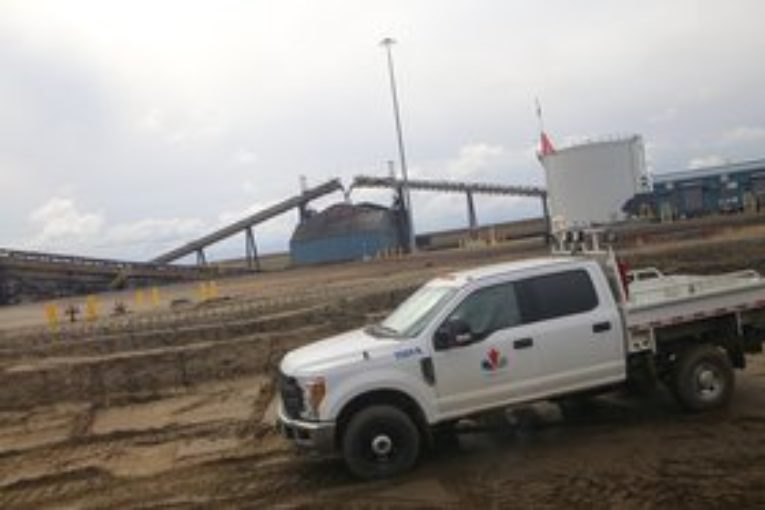
The GHG emissions intensity of Canada’s two largest oil and gas producers continues to trend downward.
Both Suncor Energy and Canadian Natural Resources released sustainability reports on Thursday, highlighting data on environmental and safety performance, technology, community and supply chains.
The companies both reported reductions in GHG emissions intensity on a corporate basis, or including all of their operated facilities worldwide.
Suncor’s GHG intensity was 0.062 tonnes of CO2 equivalent per boe in 2018, approximately 10 percent lower than its intensity in 2014 of 0.069 tonnes of CO2 equivalent per boe.
Canadian Natural’s intensity was 0.052 tonnes of CO2 equivalent per boe in 2018, a 20 percent reduction from 2014, when it was 0.065 tonnes of CO2 equivalent per boe.
Suncor said that the startup of its Fort Hills oilsands mine in January 2018 helped it reduce its GHG intensity from 0.063 tonnes of CO2 equivalent per boe in 2017.
Fort Hills uses paraffinic froth treatment technology to produce a pipeline-spec crude that can be processed by refineries without additional processing. Suncor expects its GHG emissions intensity to drop further as Fort Hills operates at steady state design capacity.
Suncor has a stated goal to reduce the GHG intensity of its operations by 30 percent compared to 2014 by 2030.
Canadian Natural has a long-term aspirational target of net zero emissions in its oilsands operations.
The company has attributed the decreases in its GHG intensity to ongoing emissions reductions at its Horizon oilsands mining and upgrading operations, reducing methane vent volumes at its primary heavy oil operations and capturing and sequestering CO2 at its Quest facility near Edmonton.
Suncor’s absolute GHG emissions increased by approximately 11 percent in 2018, to 21,990 thousands tonnes of CO2 equivalent. Canadian Natural did not report an absolute figure.
You can read more of the news on source
